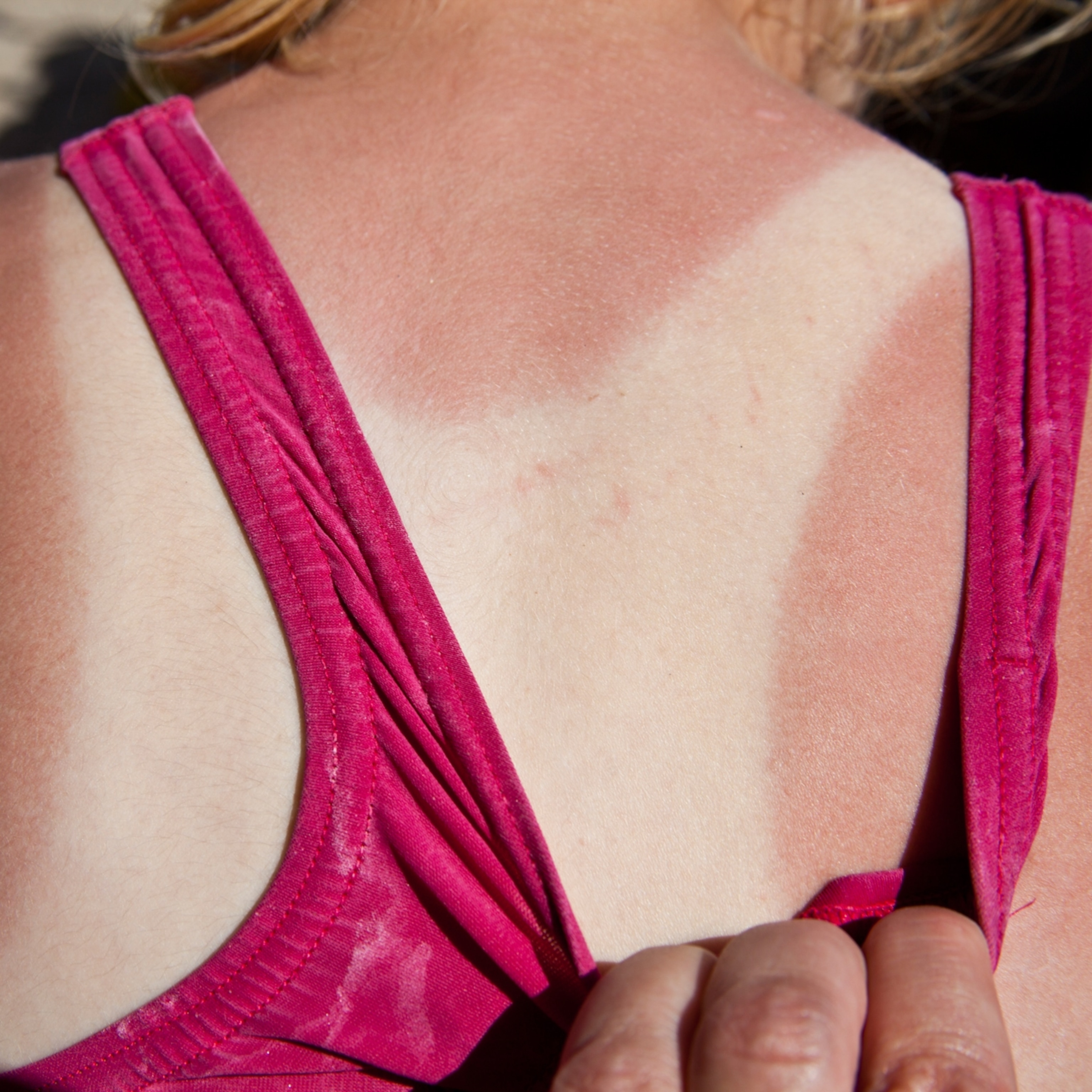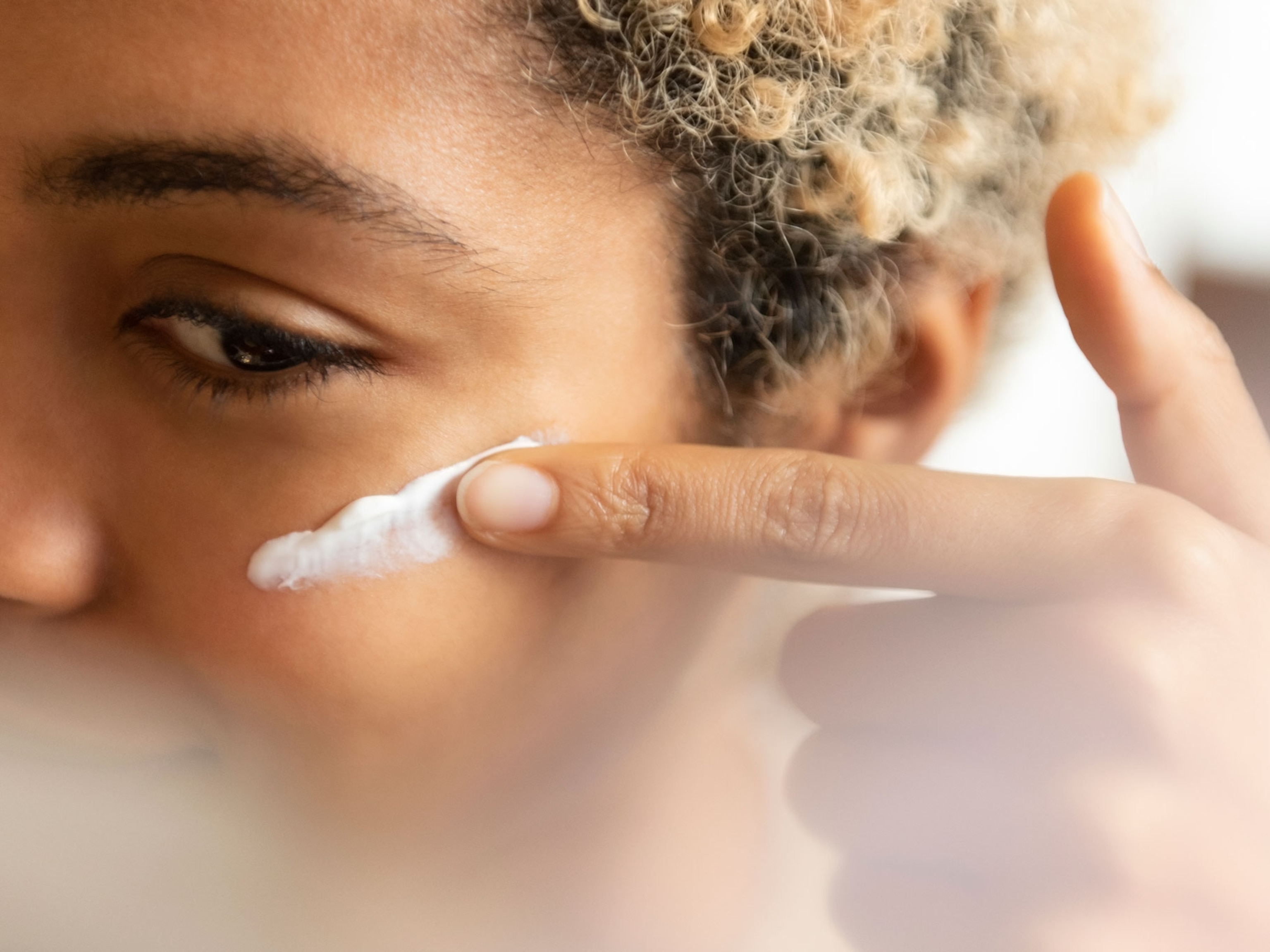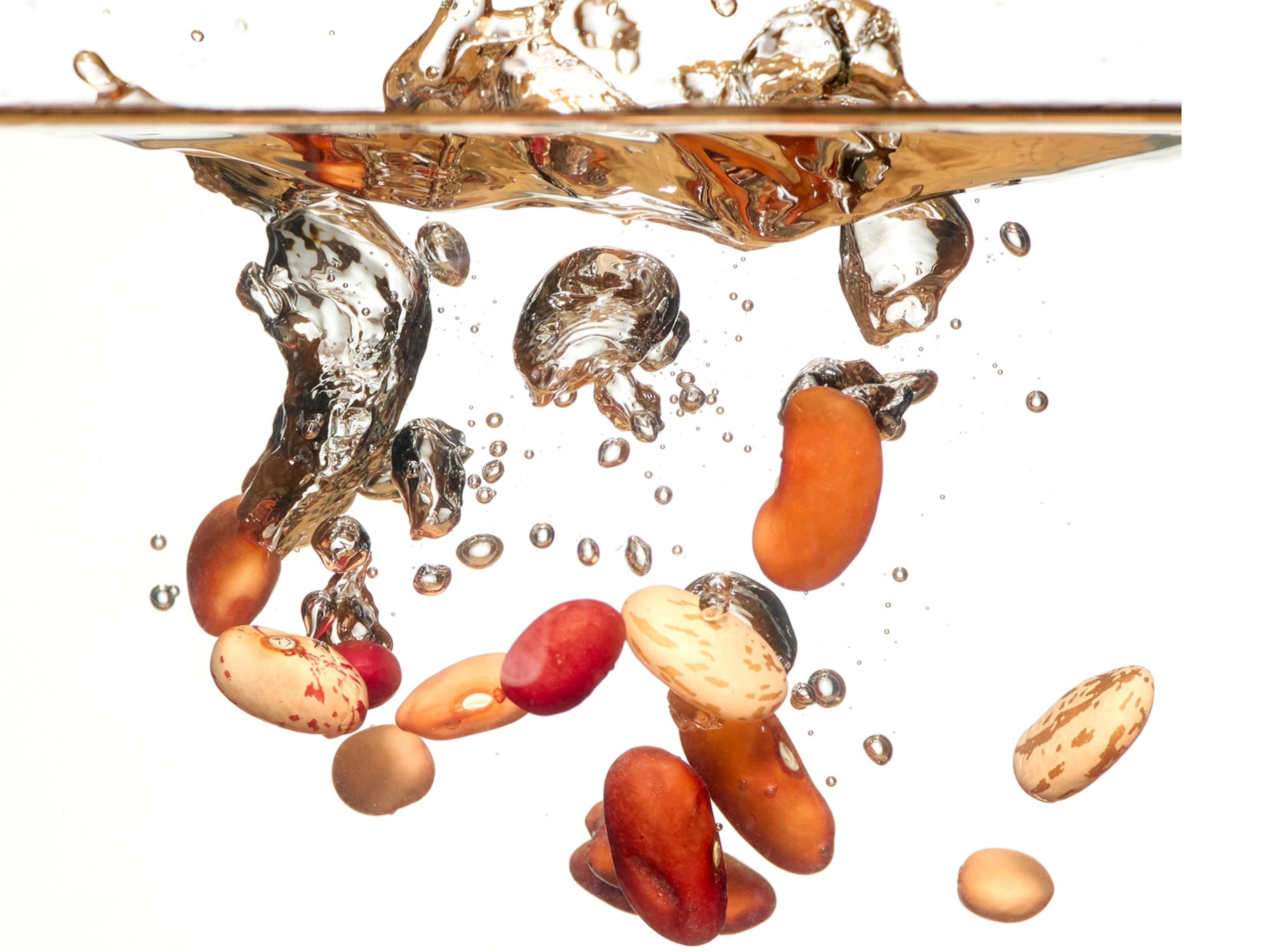You probably aren't getting enough vitamin D—here's what the experts say
It’s the most popular supplement on the market. But why do we need vitamin D—and why is the advice on how to get it so contradictory?

Vitamin D is a key nutrient for health, helping to keep your bones strong while also assisting with muscle and immune function. But people across the globe aren’t getting enough of it, making vitamin D the most popular supplement on the market.
All our bodies really need to make the nutrient is sunlight, yet estimates show that about 25 percent of Americans and about 40 percent of Europeans are deficient in vitamin D, a problem that’s also highly prevalent in the sunny Middle East, Asia, and Australia.
Vitamin D has stood at the center of a wellness paradox for the last decade. Researchers can’t agree on how much we need for optimal health, what levels constitute a deficiency, or what benefits—if any—supplements provide, particularly for young and otherwise healthy people.
(Here's the truth about immune-boosting supplements.)
Advice on how to get vitamin D is also conflicting. Sunlight is the best source, but we’re told to cover up to avoid skin cancer. Then we’re advised to eat a diet rich in vitamin D even though most foods don’t contain enough of it.
“There are so many recommendations out there, so how do we prioritize what we should be doing and which are the most important things to do?” says Anne Cappola, an endocrinologist and professor of medicine at Penn Medicine. “In some ways it would be easy if all we had to do was take supplements, but it’s more complicated than that.”
Here’s what to know about vitamin D and how to navigate confusing advice.
How vitamin D does—and does not—affect health
Vitamin D helps your body absorb calcium from food, which keeps your bones strong and helps prevent osteoporosis, a disease that causes bones to become thinner and less dense. Vitamin D also protects you from more severe conditions such as osteomalacia, or “bone softening,” and it shields kids from rickets, a disease that causes weak bones, bowed legs, and other bone deformities that disproportionately affect Black children.
Vitamin D also plays important roles in muscle movement, communication between nerves, and immune defenses against bacteria and viruses, according to the National Institutes of Health’s Office of Dietary Supplements.
Dozens of studies have found that treating people with vitamin D is associated with reduced risks of some cancers, type 2 diabetes, cognitive disorders, and cardiovascular disease, among other chronic, autoimmune, and infectious diseases.
However, large reviews of these studies show that most of those benefits are inconclusive or insignificant.
The U.S. Preventive Services Task Force in both 2014 and 2021 recommended against screening the general population for vitamin D deficiency, citing insufficient evidence to support the practice.
“Vitamin D has important roles, but they’re probably not as broad as people say they are,” Cappola says. “That's part of the confusion behind wondering what you should be doing or taking, and how important that is.”
Who’s at risk of a vitamin D deficiency—and what are the signs?
Anyone can be deficient in vitamin D, but certain factors can raise your risk.
The older you become, the harder it is for your thinning skin to produce vitamin D when exposed to sunlight, with production decreasing by about 13 percent each decade.
People with darker skin have more of the melanin pigment that absorbs the UV rays essential to vitamin D production (more on this in a bit), so naturally they make less of it, says Henry Lim, a dermatologist with Henry Ford Health. Some estimates show that darker skin is about 90 percent less efficient at making vitamin D compared to lighter skin.
(Why a lack of vitamin D can make it harder to fight off COVID.)
Because vitamin D is stored in fat, certain conditions that limit fat absorption, such as Crohn's disease, ulcerative colitis, and celiac disease, as well as weight loss procedures like gastric bypass surgery, can lead to deficiency.
Similarly, people with obesity need two to three times more vitamin D because their bodies store more of the nutrient in fat cells, leading to lower amounts circulating in the blood, Cappola says. As rates of obesity increase worldwide, we could see vitamin D deficiencies continue to rise as well, she adds.
Others at risk of vitamin D deficiency are pregnant people, breastfed infants, people living in northern latitudes that get less sun, and those taking certain medications to treat conditions like AIDS and seizures. The body turns vitamin D into its active form via a two-step process that starts in the liver and ends in the kidney, so anyone with advanced diseases in either organ face greater risks of deficiency as well.
A vitamin D deficiency, diagnosed with a blood test, often doesn’t cause symptoms, but some people with a severe case may experience fatigue, bone pain, and muscle weakness.
How do you get vitamin D from the sun?
Two kinds of ultraviolet rays reach the Earth’s surface and penetrate our skin: UVA is mostly responsible for tanning and aging the skin, while UVB is associated with sunburns and vitamin D production. Both can cause skin cancer.
For people with lighter skin, 10 to 20 minutes of sun exposure three times a week is considered enough to provide adequate vitamin D levels, Lim says. Darker-skinned people require about three to five times longer exposure to make the same amount.
But these general recommendations are highly dependent on the season, time of day, and latitude, Lim says.
Vitamin D production primarily occurs between 10 a.m. and 3 p.m., when the sun is most overhead, research has found. During the early morning, late afternoon, and wintertime, the angle of the sun increases in a way that UVB rays are forced to travel a longer distance through the ozone layer, which absorbs them in the process.
Clouds, windows, and air pollutants such as ozone and nitrogen dioxide also soak up UVB rays, reducing the amount that hits your skin and thus decreasing vitamin D production, Lim says.
Sunscreen has long been thought to disrupt this process as well, but newer studies have found that’s not the case in most people.
(How much SPF is enough? Here's what to know about sunscreen.)
Still, depending on the sun for vitamin D is unpredictable and inconsistent at best, and many people aren’t getting enough of it as increasing skin cancer awareness sends people indoors, Lim says.
In fact, the American Academy of Dermatology says adults should not get vitamin D from sun exposure or indoor tanning, but rather from foods “naturally rich” in or fortified with vitamin D—which is problematic because not many exist.
Why can’t you get enough vitamin D from food?
Foods are notoriously poor in vitamin D, says Monique Richard, a registered dietician nutritionist and spokesperson for the Academy of Nutrition and Dietetics.
The best natural sources of vitamin D are fatty fish like trout, tuna, salmon, and mackerel, as well as fish liver oils and mushrooms that have been exposed to UV light. Smaller amounts are found in egg yolks, cheese, and beef liver.
(Fruits and vegetables are less nutritious than they used to be.)
Because most people don’t eat enough of these foods every day, certain products like milk, cereals, orange juice, and yogurt, as well as plant-based alternatives like soy, almond, and oat milks, are fortified with vitamin D in the United States and other countries such as the United Kingdom and Finland.
But it’s still not enough. Milk, for example, is fortified with about 120 IU of vitamin D per cup, or 3 micrograms. People under the age of 70 would have to drink about five cups of milk every day—or at least ensure they eat other foods like a bowl of cereal and salmon for dinner—to meet the minimum recommended daily intake of 600 IU (15 mcg) to prevent deficiency, according to the Endocrine Society. (Adults older than 70 should consume at least 800 IU, or 20 mcg, of vitamin D a day.)
So… how do I get enough vitamin D?
That said, vitamin D is more accessible than you might think.
It’s about finding a balance between sensible sun exposure, a diet rich in vitamin D, and supplementation that works for you. (Sensible sun exposure involves seeking shade, wearing protective clothing, and applying sunscreen with an SPF of 30 or higher.)
If you choose to take vitamin D supplements, which come in many forms like pills and droplets, make sure you don’t overdo it.
Too much vitamin D can cause nausea, muscle weakness, confusion, vomiting, and dehydration; in severe cases, it can cause kidney stones and kidney failure, irregular heartbeat, and death, the NIH says.
Vitamin D intoxication isn’t possible with sun exposure because your skin limits how much vitamin D it makes.
It doesn’t hurt to be more mindful about vitamin D, Cappola says, but if you don’t have an existing deficiency, going out of your way to seek more of it won’t do much, research has found.
“You definitely want to have enough,” Cappola says, “but more is not always better.”







